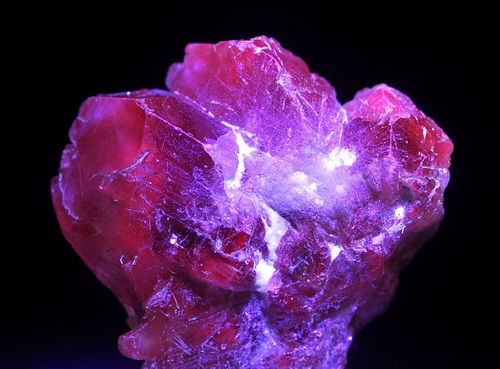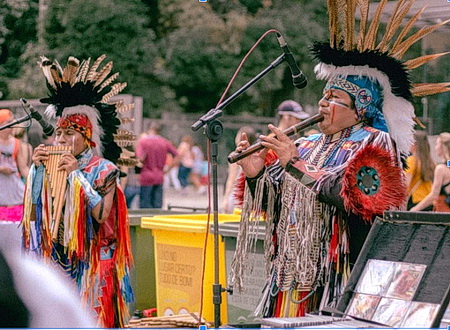
Like most gemstones, turquoise possesses mystical qualities that make it a highly valuable gem, especially to people who believe in the metaphysical nature of these stones. This alluring blue stone is chemically a hydrous sulfate of copper and aluminum, meaning it’s a mineral amalgamation of copper and aluminum sulfate with water.
The Turquoise Stone: A Brief Overview of Significance
The turquoise stone holds immense significance in the world of alternative medicine. Many spiritual healers, chakra healers more than others, believe in the gem’s ability to nurse the human soul and use it in their therapeutic procedures. If you have ever been to a holistic therapy session, you may have seen various stones that the masters use throughout treatment, depending on the ailment. While many gems are used for alternative cures, turquoise is the top contender, especially when combating negative energies and evil spirits.
This December birthstone is believed to bring serenity into a person’s life. They believe that people suffering from anxiety and exhaustion can also hugely benefit from the turquoise stone.

This azure gem can supposedly prevent panic attacks and instill inner peace in people who feel lost and directionless.
Aside from the apparent extraterrestrial benefits of turquoise, plenty of physical gains are obtained from the stone.
For instance, many proponents of turquoise believe that it facilitates the absorption of food in the body and deals with various gut problems.
Moreover, the blue gem is considered a mystical cure for inflammation and toxicity. This mineral is widely recognized for its superior features, but not everyone is a fan.
With that said, a large majority of traditionalists do believe in the supposed physical and metaphysical benefits of the turquoise stone, but none revere it more like the Native Americans. The indigenous people of America are said to have associated the turquoise stone with a lot more than just protection from evil.
Let’s take a look at the relationship between the blue gem and its number one admirers to acquire a better understanding of their belief in this precious gem.
The Native Americans and the Turquoise Stone
Native Americans believe that the earth is a living, breathing entity and everything inside it is precious and praiseworthy. Since the people venerate the world profoundly, they regard every natural element highly and the turquoise stone is no exception.
However, it must be noted that this birthstone is not only valued because it’s a natural crystal; if that were the case, then native Americans would deem every naturally occurring mineral sacred. Although they consider all gemstones blessed to some extent, the turquoise mineral holds a superior status among all others, via a myth that is responsible for elevating the position of the stone in the eyes of Native Americans.
The Turquoise Myth
Legend has it that the Navajo tribe of the indigenous community of America believed that after a long period of drought, when it finally rained, human tears would seep deep into the earth, becoming turquoise eventually. Many continue to believe the myth to this day.
For Native Americans, the stone represents life and nature. This belief stems partly from the widespread myth and the sky-blue color of the gem.
Since turquoise carries shades of blue that are reminiscent of the colors of the earth and sky, it becomes a manifestation of life in the form of crystals. Moreover, the Navajo also believed that a turquoise crystal was a piece of the sky falling on the earth as a blessing; therefore, it must be cherished and celebrated like no other stone.
Mystical Properties of Turquoise Believed by Native Americans
Native Americans consisted of multiple communities, such as the Aztecs, Acoma Pueblo, Maya, and Navajos. All these tribes regarded turquoise as higher than most other gems and associated several metaphysical properties with it. Among all the commonly believed mystical powers, these were touted as undeniable.
The Native Americans believed that the appealing blue stone brought good fortune and wealth to people. They would keep it close in hopes of acquiring money and status. Furthermore, they would exchange it as a gift frequently, as doing so was supposed to bring prosperity to the recipient.
The Navajo tribe thought that the gods of rain liked the turquoise stone and would throw it in river water when trying to appease the deities.
According to the historical archives, the Navajos were the fondest of the turquoise stone among all Native American tribes. They would use the gem as a talisman and send it along with warriors to the battlefield to ensure victory.
Another Navajo-related turquoise tradition that demonstrates how much the said tribe venerated the crystal is paying homage to Estsanatlehi, a goddess during all Navajo coming-of-age ceremonies. Legend has it that she was made with the turquoise stone; hence, possessed more extraordinary powers and the right to be worshipped.
Apache, another Native American tribe, associated the December birthstone with rain and thought it came from the ends of a rainbow. The people of Apache would use it to stay safe from evil energies and gain strength, especially during war.
The people of Pima regarded the stone as a source of skill learning. They would use it to gain expertise in any field as it was supposed to stimulate the mind’s creative ability.
The Hopi thought that it was the waste product of lizards that traveled between the earth and heaven. The supposed transcendental nature of the stone made it all the more vulnerable for the said community.
One property that was universally associated with the turquoise stone in the Native American population was its ability to keep the human soul protected from demons. Almost all tribes, big and small, including Maya, Aztec, Inca, and Zuni, believed that turquoise bearers would always be safe from evil spirits. Therefore, people would strive with all they had to get their hands on a piece of turquoise. They would travel far and wide to find turquoise to ward off evil spirits.
Zunis believed that the different shades of cool colors featured on a turquoise stone, namely green and blue, represented females and males respectively-another connection between the crystal and life.
Although there is no scientific proof to back the rampant theories related to the turquoise, people continue to believe in the mystical powers of the turquoise gemstone.

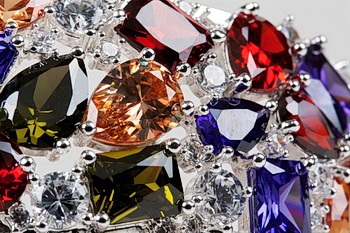 Color is of the utmost importance when it comes to gemstones. If you want to wear a gemstone, you should choose a color that suits you best and resonates with your personality.
Color is of the utmost importance when it comes to gemstones. If you want to wear a gemstone, you should choose a color that suits you best and resonates with your personality. 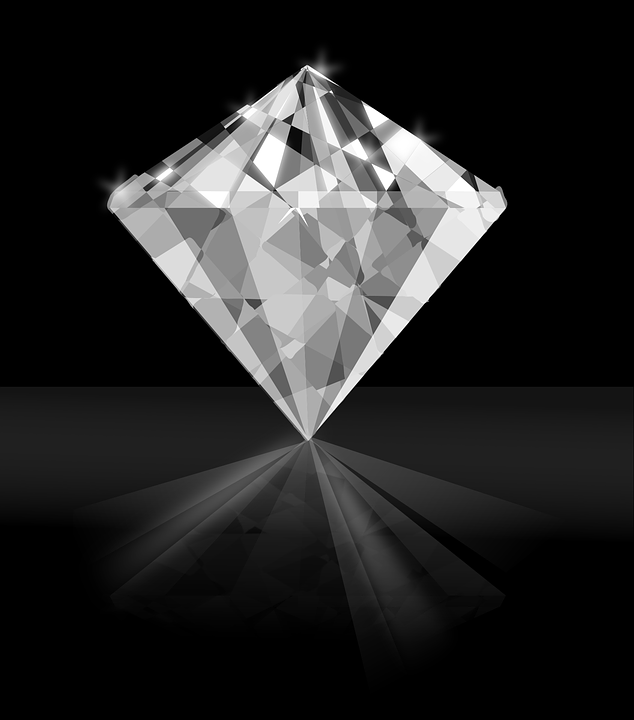 Probably the most important factor of a gemstone, especially with diamonds.
Probably the most important factor of a gemstone, especially with diamonds. 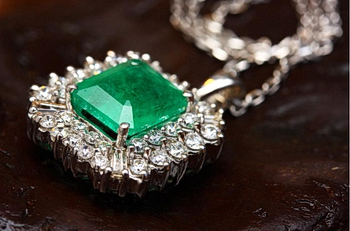
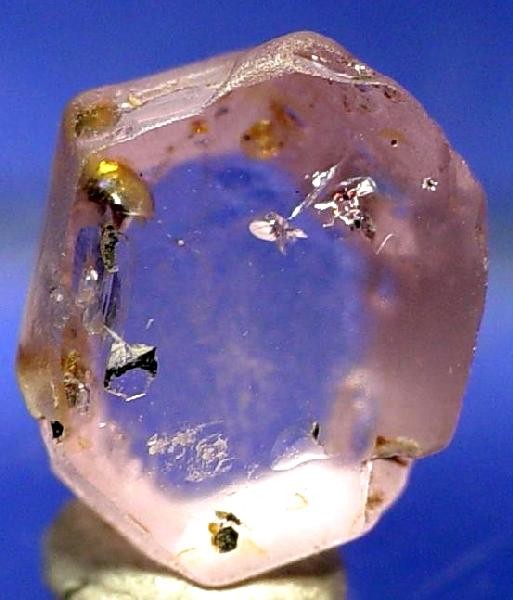 4. Taaffeite – $35,000 per carat
4. Taaffeite – $35,000 per carat